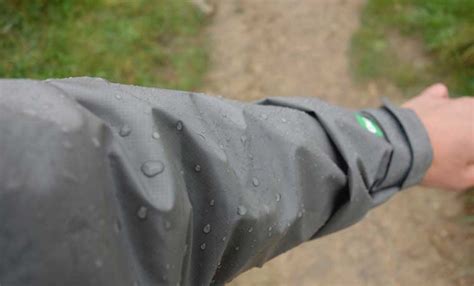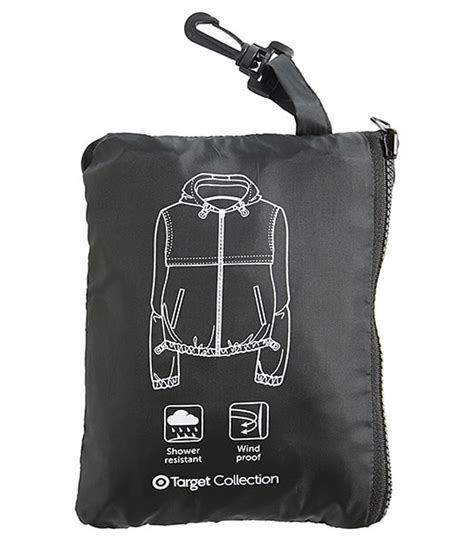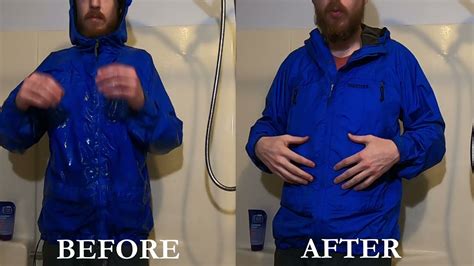A reliable rain jacket is an essential piece of gear for anyone who enjoys the outdoors, providing crucial protection against the elements. However, over time, dirt, body oils, and abrasion can diminish its effectiveness, causing it to ‘wet out’ and lose its ability to repel water. Don’t throw out your trusty jacket just yet! With a bit of care, you can clean it thoroughly and re-apply its Durable Water Repellent (DWR) finish, bringing it back to peak performance.
Understanding Your Rain Jacket’s Waterproofing
Most modern rain jackets achieve their waterproof properties through a combination of an internal waterproof membrane (like Gore-Tex, eVent, or proprietary coatings) and an external DWR finish. The membrane prevents water from passing through the fabric, while the DWR causes water to bead up and roll off the outer surface. When the DWR wears off, the fabric ‘wets out,’ meaning it absorbs water. This saturates the outer layer, making the jacket feel cold and clammy, and significantly reducing its breathability, even if the internal membrane is still intact.

Step 1: Cleaning Your Rain Jacket
Cleaning is the crucial first step, as dirt and residues can prevent DWR treatments from bonding effectively. Always check your jacket’s care label before proceeding, but generally, a gentle approach with specialized cleaners is best.
Preparation
- Empty all pockets.
- Close all zippers, snaps, and Velcro tabs.
- Loosen any drawcords.
Washing Machine Method
- Use a front-loading washing machine. Top-loaders with agitators can be too harsh.
- Add a technical fabric wash (e.g., Nikwax Tech Wash, Grangers Performance Wash) to the detergent dispenser. Avoid regular detergents, fabric softeners, or bleach, as these can strip the DWR and clog the membrane.
- Select a gentle cycle (delicate, permanent press), cold or warm water (check care label), and an extra rinse cycle to ensure all cleaner is removed.
- Wash one or two items at a time to prevent overloading.
Hand Washing Method (if machine washing is not an option)
- Fill a clean sink or tub with lukewarm water.
- Add the technical fabric wash according to product instructions.
- Submerge the jacket and gently agitate the water. Lightly scrub any heavily soiled areas with a soft sponge or cloth.
- Rinse thoroughly under running water or by repeatedly changing the water until no suds remain.

Step 2: Re-Waterproofing (DWR Reapplication)
Once your jacket is clean, it’s time to re-apply the DWR. There are two main types of DWR treatments: wash-in and spray-on.
Wash-In DWR Treatments
These are applied in the washing machine and treat the entire garment. They are generally recommended for breathable fabrics, as they treat both the outer fabric and the inner lining, which can sometimes slightly reduce breathability but offer comprehensive coverage.
- After the cleaning cycle, leave the jacket in the washing machine.
- Add the wash-in DWR product (e.g., Nikwax TX.Direct Wash-In) to the detergent dispenser, following the product’s instructions for dosage.
- Run another gentle cycle (cold or warm, no spin or low spin if possible).
Spray-On DWR Treatments
Spray-on treatments are ideal for garments with wicking liners or for targeting specific worn-out areas. They are applied to the external fabric only.
- Lay the clean, damp jacket flat on a clean surface or hang it on a hanger.
- Spray the DWR product (e.g., Grangers Performance Repel Spray, Nikwax TX.Direct Spray-On) evenly onto the entire outer surface from about 6-8 inches away.
- Ensure complete coverage. Wipe off any excess droplets or puddles with a clean cloth to prevent spotting.

Step 3: Activating the DWR (Heat Treatment)
Many DWR formulations are heat-activated, meaning they need a controlled amount of heat to properly bond to the fabric fibers and become fully effective. Always check the specific DWR product’s instructions and your jacket’s care label.
Tumble Drying
This is often the easiest and most effective method for heat activation.
- Place the jacket in a tumble dryer.
- Select a low heat setting (delicate or permanent press).
- Tumble dry for approximately 15-20 minutes. Avoid high heat, which can damage the membrane.
- Remove promptly once dry to prevent unnecessary wear.
Ironing (if tumble drying is not recommended or available)
If your jacket’s care label advises against tumble drying, or if you want to be extra cautious, ironing can be used.
- Set your iron to a low, synthetic, or ‘cool’ setting (no steam).
- Place a clean towel or pressing cloth between the iron and the jacket fabric.
- Lightly and quickly iron over the jacket’s outer surface. Avoid prolonged contact in one spot.

Tips for Maintaining Your Rain Jacket
- Wash Regularly (but not excessively): Clean your jacket when it looks dirty or starts to wet out, typically every few months depending on usage.
- Store Properly: Hang your jacket in a cool, dry place. Avoid compressing it in a stuff sack for long periods, as this can degrade the DWR and membrane.
- Avoid Harmful Products: Never use fabric softeners, bleach, or harsh detergents. These can damage the DWR and clog the microscopic pores of the waterproof membrane.
- Spot Clean: For small smudges, spot clean with a damp cloth and mild soap (like diluted tech wash) to avoid a full wash.
- Address Damage Quickly: Repair small rips or tears with waterproof repair patches as soon as they occur to prevent further damage and maintain integrity.

Conclusion
By following these steps, you can significantly extend the life and performance of your rain jacket, ensuring it continues to keep you dry and comfortable on all your adventures. Regular cleaning and DWR reapplication are simple, effective ways to protect your investment and maintain your gear’s critical functionality. A well-cared-for rain jacket isn’t just a piece of clothing; it’s a dependable shield against the elements, ready for whatever the weather throws your way.




